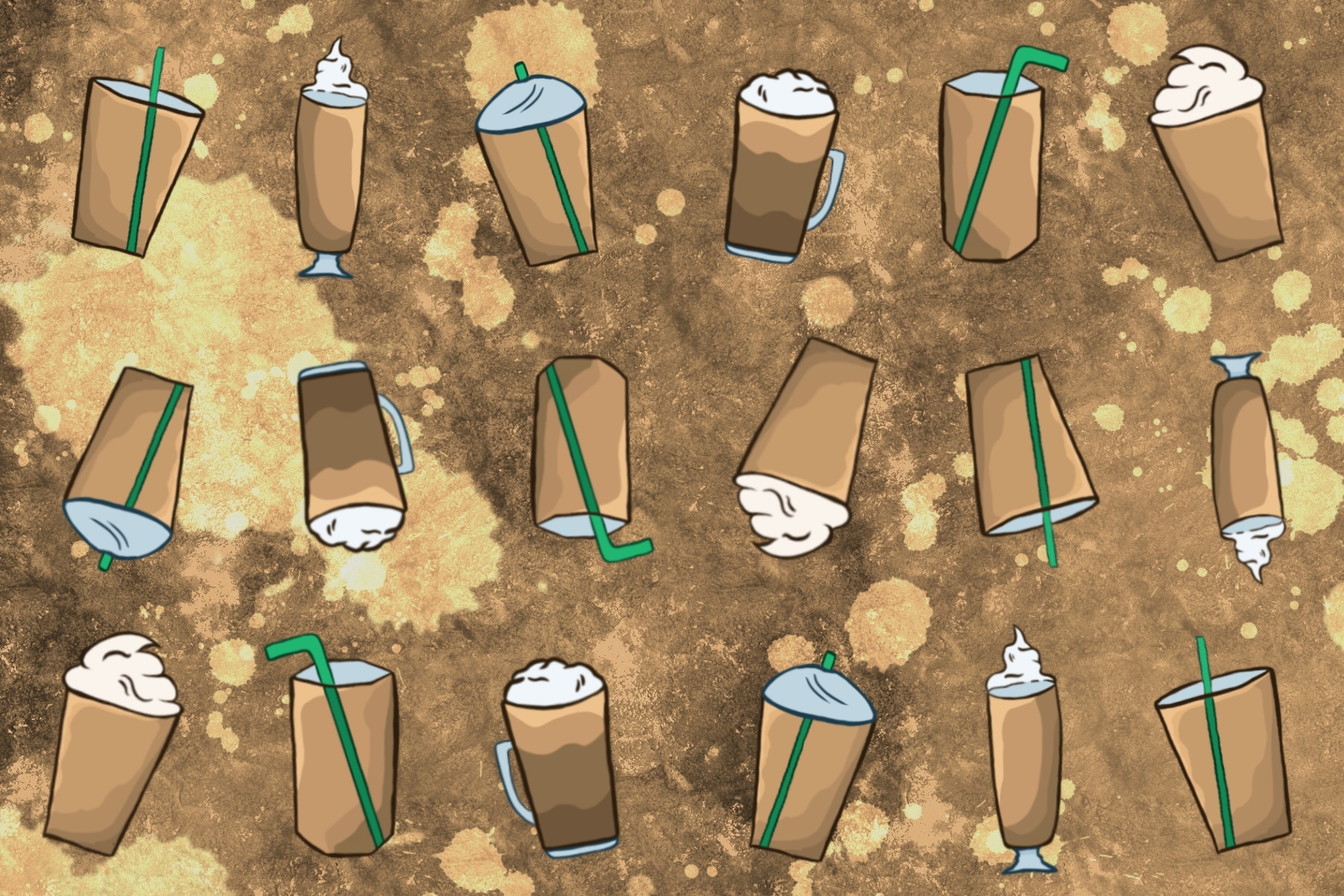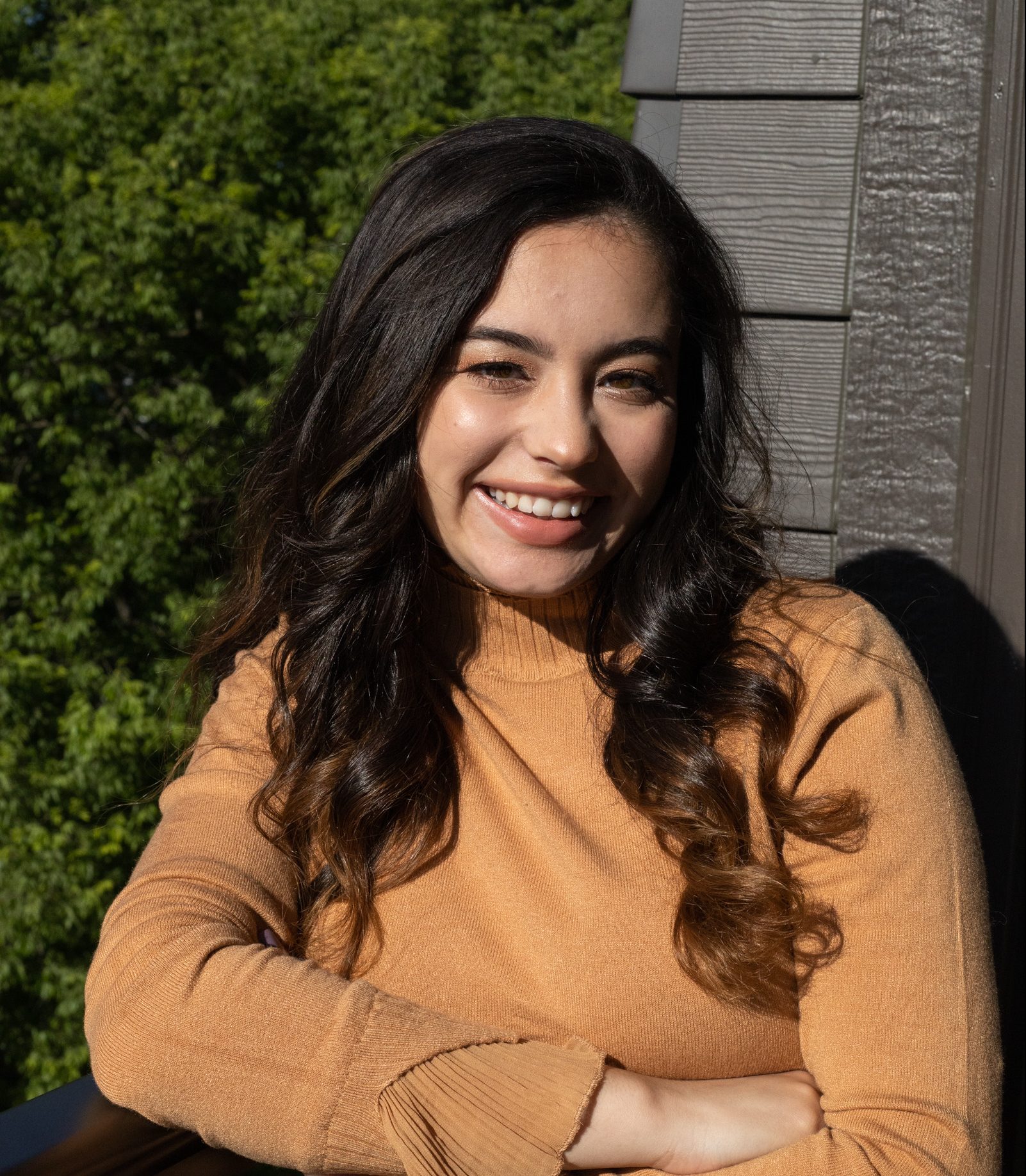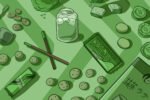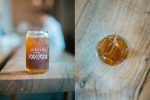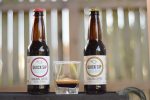Whether it’s 90 degrees and sunny or so frosty and bitter that your nose hairs have frozen together, the cold brew coffee fad is monopolizing the menus of coffee shops all across the United States. Since 2014, Google searches for cold brew have spiked during the summer months — and this trend has continued to increase throughout the years.
In fact, many avid coffee drinkers such as myself have permanently switched from traditional hot coffee to sweet and mellow cold brew. But why is this?
Not only do many coffee addicts agree that buying a gallon of pre-brewed Chameleon Cold Brew is significantly more convenient than brewing a cup of old-fashioned hot coffee, they also find the taste to be less bitter and far more pleasant.
If you’re like me, you need to add lots of cream and sugar to your daily fix before it’s even remotely sweet enough to stomach. The Tab explains how the rapid process of brewing coffee at a hot temperature harms its natural flavor, transforming it into something with a hard-to-swallow, horribly undrinkable taste.
“High temperature brewing releases bitter oils and fatty acids, resulting in unpleasant flavors that distract from the actual flavor of the coffee. The cold brew method extracts the flavors of coffee without producing these unpleasant flavors, creating a smooth, balanced flavor that doesn’t require milk or sugar to dilute the bitterness.”
Because cold brew is inherently more robustly delicious, my morning coffee routine now consists of far less cream and sugar than I could have imagined while using my Keurig.
But how, exactly, does cold brew coffee differ from classic hot coffee? And is iced coffee the same?
The difference between cold brew and hot coffee lies solely in the way it’s prepared. Like The Tab explained, hot coffee is brewed quickly and at scalding temperatures, allowing for a concoction that will be ready in an instant — but will contain twice the acidity. This is because the extraction of cold brew flavors is a slow process, lasting a minimum of 12 hours.
Cold brew can be crafted using a variety of methods, but the general process of making this type of coffee consists of allowing coffee beans to soak in water and extracting the desirable qualities that’s made coffee into the energizing beverage we all know and love.
And while it is often enjoyed straight from a chilled bottle or over ice, it does not necessarily have to be consumed cold.
A common misconception about cold brew coffee is that it’s the same as iced coffee, or that it must be guzzled cold. But cold brew does not refer to the temperature of the coffee as it’s served, but rather the temperature of the coffee when it’s prepared.
If you order an iced Americano from Starbucks, you’re not necessarily ordering a cold brew — you could be drinking a hot coffee that’s been poured over ice.
But, aside from its overall better taste, what else has made cold brew so desirable and trendy in the coffee-drinking world?
All the health benefits that come with drinking cold brew coffee is enough to convince coffee fanatics to switch over for good. Not only is it naturally sweeter, therefore requiring less added sugar and cream, but it’s also overall better for your metabolism. According to Healthline, “The caffeine in cold brew coffee can increase how many calories you burn at rest. This may make it easier to lose or maintain weight.”
Those with sensitive stomachs can appreciate the lower acidity, making it a significantly more tolerable caffeine option.
So while all of these statistics and health perks may be persuasive enough to convince you to ditch the Keurig forever, many coffee drinkers often wonder, “What’s next?”
If this is you, hang tight. Making coffee right from your own home, apartment or even teeny tiny dorm room is not nearly as intimidating as you may think.
Bizzy Coffee demonstrates a few avenues you can use to produce your coffee each day. Whether you’d like to use a French press, cold brewer or toddy, ensure you reserve approximately 14 to 24 hours for the brewing process, as your coffee grounds will need plenty of time to steep in the water.
If brewing your own coffee still seems a tad more complicated than you’re willing to take on, there is still a way for you to have your fix.
Bizzy’s Ready to Drink cold brew concentrate offers a simple means for drinkers to make their coffee wait-free. Just combine one part cold brew concentrate with two parts of any sort of mixer such as milk, cream or plain old water — and bam. You’re ready to enjoy your coffee.
Not only is this method extremely straightforward and undemanding of any extra steeping time or equipment, but it also produces some delicious coffee with smooth flavors that are simply nonexistent in traditionally brewed coffee. My iced Bizzy cold brews are now an integral part of my morning routines — and I’ve even discovered a way to make my coffee keto friendly by replacing milk with heavy cream and sugar with monkfruit sweetener. I’ll even add the occasional splash of sugar-free caramel syrup if I’m feeling fancy.
The vast universe of coffee drinkers contains caffeine addicts of all sorts.
Perhaps you prefer your coffee piping hot and straight black, or maybe you’re an “I’ll take an iced caramel macchiato with lots of cream and extra pumps of caramel please,” type of person.
However you may describe your coffee consuming habits and preferences, nothing beats a robust cup of cold brew.


